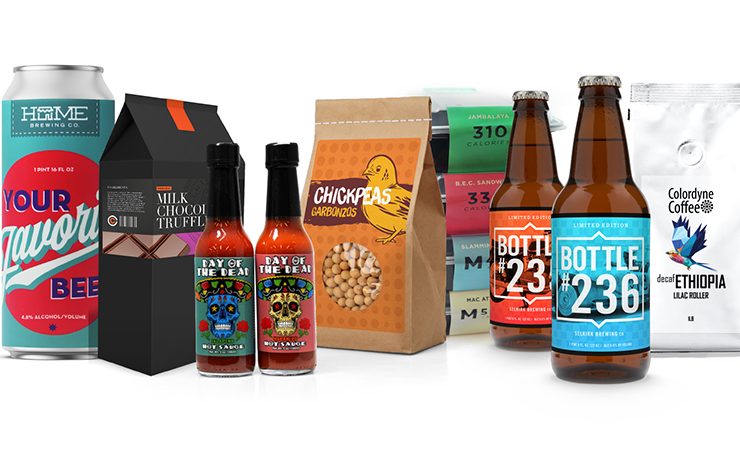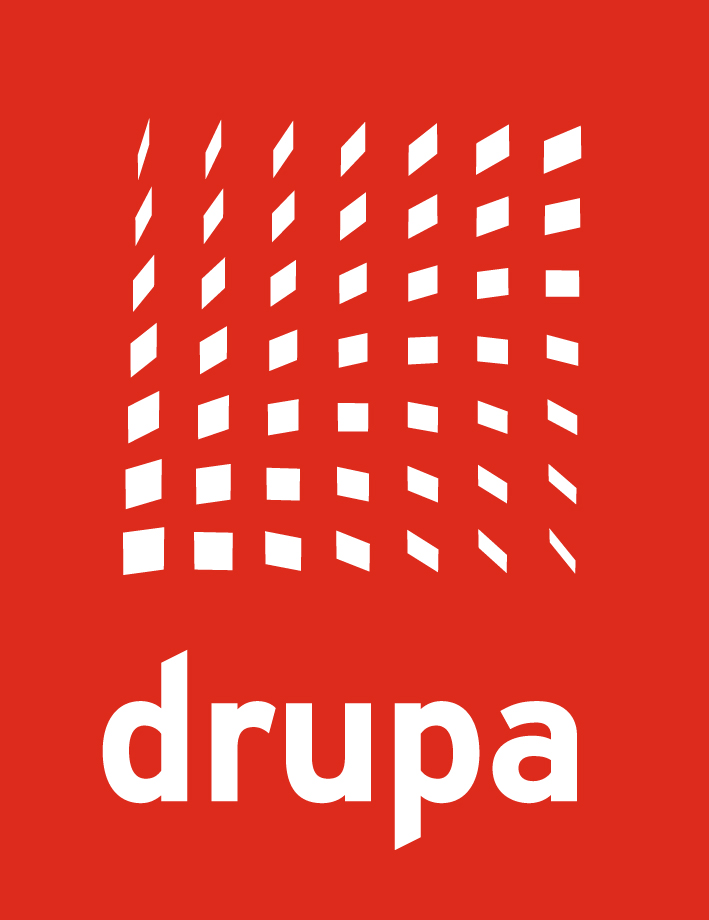Food safety and the growth of digital printing
Time:2019-12-19 From:

Label and package providers are using digital printing to service a range of markets, but the market that has the most potential is food and beverage
The packaging and labelling market has undergone a dramatic shift in the last 10 years. Today, more providers, manufacturers, and brand owners are using digital printing solutions to produce labels and packages.
A large number of these digitally printed packages and labels are produced for food and beverages. As a result, providers must acquire a solid understanding of how the ink they use in digital label and package production impacts the product inside.
Food-safe label and package production
Label and package providers are using digital printing solutions to service a range of markets. But the market that has the most potential is the food and beverage market.
‘A large amount of packaging and labelling that gets produced today is for food,’ says Gianluigi Rankin, director of product marketing at Memjet. ‘This is a big market, but anyone thinking of producing labels and packaging for food and beverage products needs to understand how the ink they use in printing interacts with the food in the package.’
Many variables will determine if the ink you use is safe for food products: the packaging type, the food type, and the way the food will be transported and consumed.
For example, cardboard and plastic have different levels of ink migration, but different types of plastic, thicknesses and coatings can also have different levels of ink migration. The kind of food in the package also has an impact. Fatty and dry foods induce different levels of ink migration. The media used to produce the label or packaging, therefore, plays a role in determining if and how much and ink migrates.
Food and beverage manufacturers must also understand how their products move through the supply chain to reach consumers. Will the product be put in a refrigerated and then consumed, or will the consumer open a cardboard box and consume it? What is the expected shelf life of the container? Each step can affect ink migration.
Water-based inks are a safer starting point
With so many variables at play, any package or label should start with the safest ink possible: water-based inks. These inks contain less harmful chemicals, are safer to use, and are more environmentally friendly than UV, solvent, or liquid toner inks.
Mr Rankin continues, ‘When a label and package producer chooses water-based ink, it gives them the confidence of knowing that there are fewer harmful chemicals in the ink that could migrate and affect food or change the look, taste, and or food efficacy.’
UV and toner inks require ventilation, proper handling, and specialized equipment. These factors are usually not a problem for commercial suppliers, but these types of inks can be hazardous when used near where food products are produced.
‘Printing labels and packaging in-house makes much economic sense for many small food and beverage manufacturers,’ notes Mr Rankin. ‘But these providers need to focus on the safety of their product.
‘We have seen many small food and beverage manufacturers safely use Memjet’s water-based inks as part of their in-house label production process. These inks are about 70 percent water and are free from phthalate esters, benzophenone, BPA, SVHCs, heavy metals and aromatic amines. The absence of these chemicals means these inks are safer to use around food and are easier to manage in a small manufacturer’s business.’
As with any ink, the best way to ensure no ink migrates from packaging to food is to use a functional barrier between the food and the printed label or package. Contact your ink manufacturer or your packaging expert for more suggestions on appropriate barriers and food safety. Test labs like SQTS can also conduct migration studies for specific applications and use cases.


